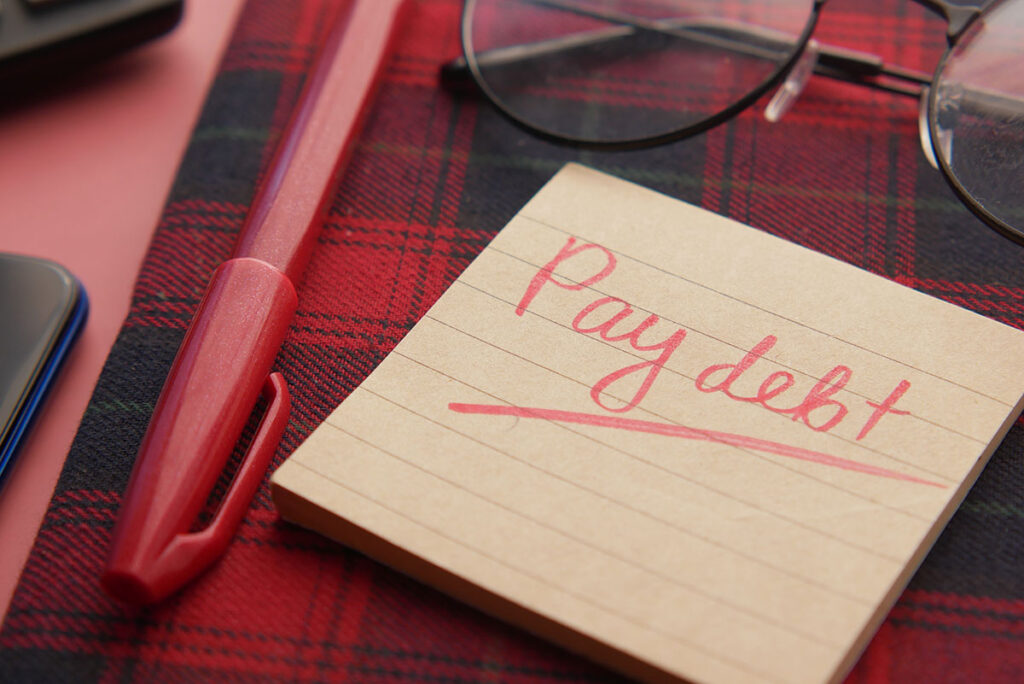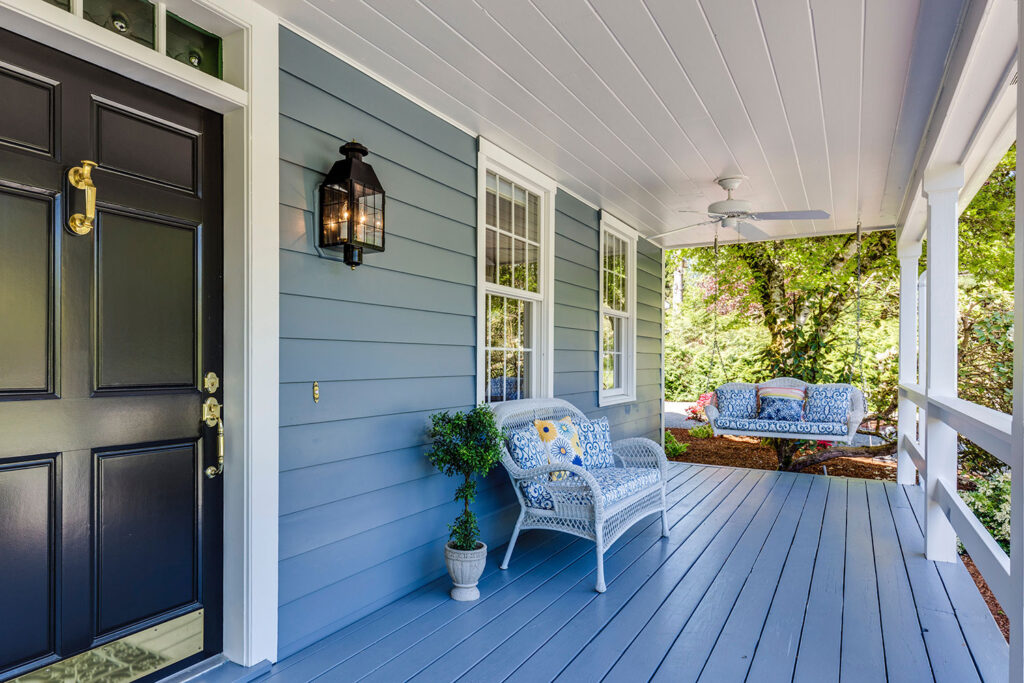In this post:
- 11 Ways To Get a Lower Mortgage Rate
- 1. Compare Multiple Lenders
- 2. Consider Different Types of Mortgages
- 3. Make a Larger Down Payment
- 4. Boost Your Credit Score
- 5. Get a Mortgage with a Rate Lock
- 7. Get an Adjustable Rate Loan
- 8. Pay for Mortgage Points
- 9. Consider a Shorter Loan
- 10. Ask for Seller Concessions
- 11. Negotiate a Lower Mortgage Rate
- 12. Refinance Your Mortgage
- How Much Could You Save with a Lower Mortgage Rate?
Your mortgage interest rate affects both how much you pay over the life of your home loan and how much you pay each month. A lower mortgage interest rate can make home loans much more affordable, but they can be difficult to come by in today’s housing market. Most homeowners can benefit from understanding how to get a mortgage loan with affordable mortgage interest.
How to Get a Lower Mortgage Rate
- Compare Multiple Lenders
- Consider Different Types of Mortgages
- Make a Larger Down Payment
- Boost Your Credit Score
- Get a Mortgage with a Rate Lock
- Get an Adjustable Rate Loan
- Pay for Mortgage Points
- Consider a Shorter Loan
- Ask for Seller Concessions
- Negotiate a Lower Mortgage Rate
- Refinance Your Mortgage
11 Ways To Get a Lower Mortgage Rate

Because a mortgage is typically a long-term loan, its mortgage rate can affect you for years – and possibly even decades – as you pay off your loan. Still, you don’t need to feel locked into high mortgage rates, even if your credit history isn’t the strongest or average mortgage rates are trending high.
1. Compare Multiple Lenders
The first step to getting a lower monthly payment and paying less over the life of your mortgage loan is to compare what multiple lenders offer. Some of the best mortgage lenders feature different types of mortgages with lower interest rates than others, and some offer better interest rates than others for higher credit scores or for homeowners willing to set up automatic payments.
Working with a mortgage broker can help you compare several lenders quickly, but be prepared to get several emails or phone calls from lenders who might want to work with you.
2. Consider Different Types of Mortgages
Several types of home loans exist to suit the needs of different homebuyers. Some of them are designed for people with lower credit scores or income and often come with lower-than-average interest rates.
A USDA loan is one example. This mortgage is for households with low incomes living in approved rural areas. First-time homebuyer, Fannie Mae, and HomeReady loans also usually offer reduced mortgage interest rates compared to conventional loans. Alternatively, military service members and veterans can apply for a VA loan, which has interest rates as low as 6%.
3. Make a Larger Down Payment
Many lenders like to see a down payment of 10% to 20% on a home, as it decreases the amount the lender has to loan for a mortgage. It also shows that a homebuyer likely has the finances to pay for their mortgage.
Since a higher down payment not only benefits the homebuyer but also the lender, a lender may feel more inclined to reduce the mortgage rate. In fact, some lenders offer a mortgage rate discount based on the amount of your down payment. For example, if you put down 10%, you might get an interest rate reduction of 0.25%, while a 20% down payment might increase the reduction to 0.50%.
4. Boost Your Credit Score

When it comes to a mortgage, a higher credit score usually translates into a lower interest rate. Before you begin searching for homes and applying for a mortgage loan, take a few steps to increase your credit score.
Start by paying off as much debt as you can, like a credit card or a personal loan. Continue making on-time payments on other debts, and try to pay higher than your minimum payment to reduce the overall amount of debt you owe.
Next, avoid applying for other credit before you get your mortgage loan. Additional credit pulls can work against you, lowering your credit score by a few points. Finally, see if you can become an authorized user on someone else’s credit card account, like your partner or a close family member. Your credit will reap the benefits of that person’s credit score and available credit limit.
5. Get a Mortgage with a Rate Lock
An excellent way to get a lower interest rate with a mortgage is by searching for a loan with a rate lock. A rate lock locks in an interest rate as long as you close within a specific period, usually 30 or 45 days. During this time, your interest rate won’t increase, even if average interest rates are currently rising.
Unfortunately, if you don’t close within your contract’s specified timeframe, your interest rate may increase unless you pay for an extension.
7. Get an Adjustable Rate Loan
Lenders offer fixed and adjustable-rate mortgages. A fixed-rate mortgage provides one interest rate that locks in when signing for your loan and doesn’t lower or rise throughout the life of your loan. An adjustable-rate mortgage begins with one interest rate, which can increase or decrease over the years.
An adjustable-rate mortgage tends to have a lower starting rate than a fixed-rate loan, making it the better option to start with. Depending on the terms of your loan, your rate typically won’t move for at least the first five years. However, be aware that, after this time, the rate could increase.
8. Pay for Mortgage Points
Consider paying mortgage points for your home loan to decrease your interest rate. When you buy mortgage points, you essentially prepay some of the interest on your loan. One mortgage point equates to 1% of your home’s price, so one point on a $400,000 home equals $4,000.
Although you’ll pay that $4,000 to buy one point, you’ll lower your interest rate by doing so. Most lenders offer a discount of 0.25% per point. Buying four points, then, would cost $16,000 but lower your total interest rate by 1%.
9. Consider a Shorter Loan
The shorter your mortgage loan, the less amount of time a lender needs to finance that loan. Therefore, a shorter loan term usually comes with a lower interest rate than longer loans. Most lenders offer a choice between 15, 20, and 30-year mortgages, with 15-year loans typically carrying the lowest interest rates.
Some lenders even provide a 10-year loan option with the potential for even lower interest rates. Be aware that these shorter loans will make your monthly payments more, but you’ll also save a lot of money in interest over the life of your mortgage.
10. Ask for Seller Concessions
Seller concessions are a form of assistance the seller provides to the buyer to help make the buying process more affordable. Usually, seller concessions include some or all of the closing costs, which can be thousands of dollars the buyer typically is responsible for. However, some homebuyers ask for the seller to pay for mortgage points to lower the loan’s interest rate.
Sellers do not have to provide concessions, but some will, especially if it helps move along the sale. Speak with your real estate agent, who can negotiate seller concessions with the seller’s agent on your behalf.
11. Negotiate a Lower Mortgage Rate

How do you get your lender to lower your interest rate? Negotiate! Don’t feel like the interest rate your lender provides is the one you’re inevitably stuck with. It doesn’t hurt to negotiate a lower mortgage rate, especially if you’re actively taking steps to improve your credit and have proof to show your lender, like recent debt payoffs or debt consolidation.
You might also leverage quotes from other lenders with better offers to see if your lender will provide an equal or lower interest rate than competitors.
12. Refinance Your Mortgage
Finally, refinancing a mortgage is always a possibility down the road. Many lenders have waiting periods of around six months before refinancing is possible, but when eligible, you could get a lower interest rate in the process.
When applying for a mortgage, be sure to ask your mortgage lender about its refinancing waiting period and requirements so you can prepare yourself for a lower interest rate and, hopefully, a lower monthly mortgage payment.
How Much Could You Save with a Lower Mortgage Rate?
Knowing how to get a mortgage with a lower interest rate is an excellent skill to have. A lower rate means you’ll pay less over time for your home, keeping more money in your pocket to use for repairs, savings, or whatever else you need. But just how much can that lower rate save you?
Let’s say your mortgage is $200,000 with a 30-year fixed rate of 8%. Your monthly payment could be around $1,700, and if you take the full 30 years to pay your loan, you’ll likely pay over $320,000 in interest. Now, if you secure your loan with a 7% interest rate, your monthly payment could decrease to around $1,550, and you’ll pay about $40,000 less in interest over your loan term. That’s a lot of money you could save in monthly mortgage payments and interest.
If you can’t get the interest rate you want when you first get your loan, work on improving your credit as much as possible after buying. Within a few months, you may be able to refinance your mortgage for a lower interest rate to help you save money as you enjoy your new home.






